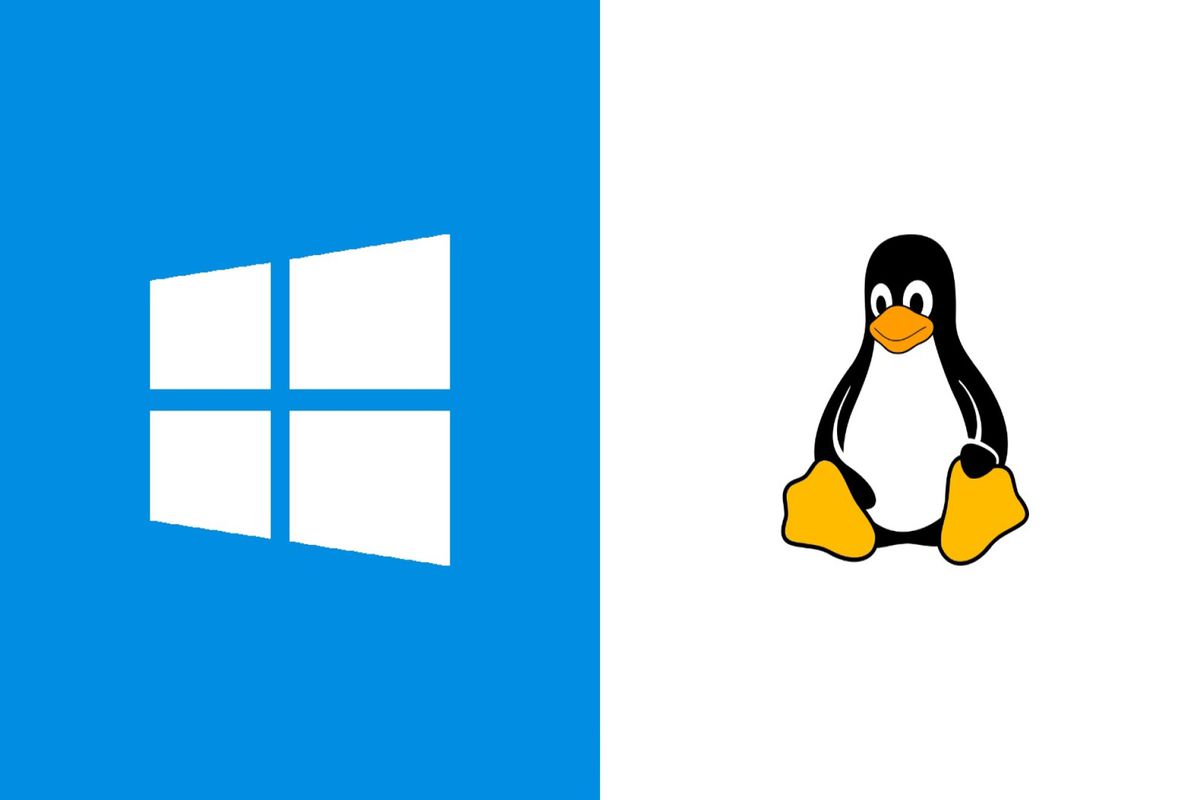
Linux vs. Windows: A Comprehensive Comparison of Two Popular Operating Systems
By Adedayo Oyetoke, Published on: May 24th 2023 4 min, 798 word Views: 1188
Operating systems play a crucial role in our digital lives, providing the foundation for our devices and enabling us to perform various tasks. Among the numerous operating systems available, Linux and Windows have emerged as two prominent options. In this comprehensive comparison, we will delve into the key aspects of Linux and Windows, exploring their similarities, differences, strengths, and weaknesses. Whether you're a tech enthusiast, a developer, or simply curious about the world of operating systems, join us as we embark on this informative journey.
1. History and Background:
To understand the origins of Linux and Windows, it is essential to delve into their respective histories. Linux, developed by Linus Torvalds in 1991, emerged as a free and open-source operating system built on the principles of collaboration and community-driven development. On the other hand, Windows, created by Microsoft in the 1980s, evolved into a dominant commercial operating system, powering millions of computers worldwide. Exploring their historical context sets the stage for a comprehensive comparison.
2. Architecture and Design:
Linux and Windows follow distinct architectural principles and design philosophies. Linux, known for its monolithic kernel, offers a high degree of customization and flexibility. Its modular design allows users to select and configure components based on their specific needs. In contrast, Windows features a hybrid architecture combining elements of a monolithic kernel and microkernel. This design choice emphasizes compatibility and ease of use, making it a popular choice for mainstream users.
3. User Interface:
The user interface (UI) greatly influences the overall user experience. Linux provides a wide range of desktop environments, such as GNOME, KDE, and XFCE, each offering unique features and visual styles. Windows, known for its iconic Start menu and taskbar, provides a consistent and user-friendly interface across its various versions. Comparing the UI of Linux and Windows helps users identify their preferred workflow and visual aesthetics.
4. Software and Application Ecosystem:
The availability of software and applications is a crucial factor for any operating system. Windows boasts a vast ecosystem of commercial software, including popular productivity suites, multimedia applications, and games. Linux, with its open-source nature, offers an extensive repository of free and open-source software, allowing users to customize their systems according to their preferences. Additionally, Linux's compatibility with various programming languages and development tools makes it a favorite among developers.
5. System Performance and Stability:
Operating system performance and stability are key considerations for users seeking a seamless computing experience. Linux, known for its efficiency and stability, is often praised for its ability to run on a wide range of hardware configurations, from lightweight devices to high-performance servers. Windows, with its vast compatibility and focus on user-friendliness, offers a balance between ease of use and system performance. However, Windows users may occasionally encounter issues related to system updates and compatibility.
6. Security and Privacy:
In an era of increasing cyber threats and privacy concerns, the security features of an operating system are of utmost importance. Linux, renowned for its robust security model, benefits from its open-source nature, enabling rapid identification and patching of vulnerabilities. Windows, backed by Microsoft's extensive resources, provides comprehensive security features, including built-in antivirus software and regular security updates. Understanding the security and privacy aspects of Linux and Windows helps users make informed decisions based on their specific requirements.
7. Community and Support:
The communities surrounding Linux and Windows contribute significantly to the overall experience and support available to users. Linux, driven by a passionate community of developers and enthusiasts, offers extensive online resources, forums, and user groups, facilitating knowledge sharing and troubleshooting. Windows, backed by Microsoft's dedicated support team, provides comprehensive documentation, official forums, and customer support channels. Examining the vibrant communities and support systems surrounding Linux and Windows assists users in finding assistance and resources when needed.
8. Cost and Licensing:
Cost considerations can greatly influence the choice of an operating system, particularly for individuals and organizations with budget constraints. Linux, being open-source, is generally free to use and modify, making it an attractive option for those seeking cost-effective solutions. Windows, on the other hand, is a commercial operating system, with different editions and licensing models available. Evaluating the cost and licensing aspects of Linux and Windows helps users determine the most suitable option based on their financial constraints and usage requirements.
Conclusion:
Linux and Windows are two prominent operating systems that have shaped the digital landscape and continue to serve diverse user needs. While Linux offers unparalleled customization, security, and a vibrant open-source ecosystem, Windows provides a user-friendly interface, extensive software compatibility, and dedicated support. By considering the aspects discussed in this comprehensive comparison, users can make an informed decision based on their preferences, requirements, and technical expertise. Whether you're a tech enthusiast, a developer, or an everyday user, exploring the similarities and differences between Linux and Windows enriches our understanding of the ever-evolving world of operating systems.
